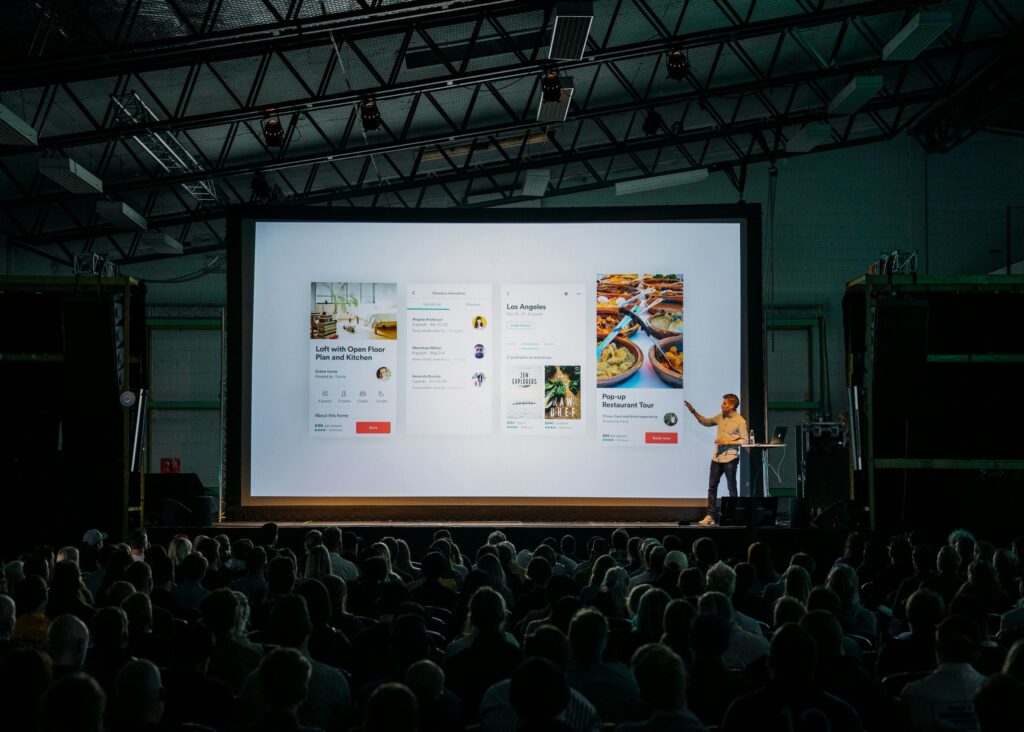In the early 2010s, winning a start-up pitch competition was the foremost predictor of start-up success (that, and getting published in TechCrunch).
It gave a start-up visibility as a springboard to opening up conversations about investment, but also, the prizes (often cash or other bonuses) provided a lifeline to extend a startup’s runway and take a meaningful step in their development.
More than a decade later, pitch competitions continue. In the Baltics, start-ups that have had rigorous pitch training tend to come out on top. This leads to the question—are winners of start-up pitch competitions actually good start-ups, or have they simply hacked the system with persuasive presentation?
What’s more, there are rumblings that the prizes aren’t even all that they’re made out to be… Are the money prizes even real?
The big draw for start-ups to participate in pitch competitions are the prizes. In most cases, it’s a promise of big money. For example, when TechChill (Latvia’s leading start-up event) was launched in 2012, winners could receive 10,000 euros, no strings attached. This was massive money. It would give a start-up a chance to really give their product development a push, and to extend their runway, to eventually attract VC funding.
Over time, conferences had to continually one-up themselves to stay relevant. It has now become the norm in Europe for pitch competitions to offer VC investment as the main prize. Much bigger numbers (for example, Latitude59 this year is offering one million euros in investment) make for bigger stakes and bigger rewards.
The catch?
The VC funding doesn’t always happen. The start-up competitions have a caveat—that they can win a chance at VC investment.
Martins Lasmanis, co-founder of Supliful, was once a finalist at a pitch competition, where the first place winner was supposed to win investment. Before announcing the final results, he was aware that investors had already decided on an investment before the pitch. The first place (and the investment) went to a different start-up.
So the pitch competition winner wasn’t selected necessarily on the strength of their pitch, but rather the fit with the investor. While some may be disillusioned by the process, Lasmanis, who has also worked on the VC side, doesn’t see this as unusual.
“When you’re talking about investment of hundreds of thousands of euros, it’s absolutely understandable that the investor won’t be able to make an informed decision based on a two-minute pitch,” he says.
Thus, the final pitching was just a form of pageantry—the winner was selected before the pitching final. The alternative is that due diligence happens after the event, and the start-up may not meet the specific investor’s requirements, and end up empty-handed despite winning.
This way, at least a start-up nabs the investment. There are other models, however. At TechChill, BADideas.fund, who are offering a chance of 350,000 euros in investment, will perform their due diligence after the event. However we’ve made sure to keep the 10,000 euros no-strings-attached cash prize. That way, the winner will always have a tangible benefit.
May the best public speaker win
In recent years, it’s become evident that start-ups with the most pitching training have taken home the big prizes. Why? Because that’s the nature of the event—it’s a pitch competition, not a business plan (or business results) competition. As such, the best speaker, storyteller, and persuader is going to win.
In the Baltics particularly, pitch competition finals tend to be dominated by participants from major start-up accelerators, who’ve had training and support in developing and fine tuning their pitches. Some accelerators go as far as to have their founders pitch from the freezing Baltic Sea to ensure that they’re able to pitch in sub-optimal, high-stress situations. This concept was adopted at the sTARTUp Day evening event, where pitch finalists spoke from cold plunges, while jury members sat in a hot tub.
Another aspect to consider is that pitch decks are not necessarily fact checked. The statements are assumed to be true, and entirely based on the honour system. As a result, the competition truly does reward public speaking and presenting skills, and not necessarily the results of the startup in question.
Is it worth it for the start-ups?
Taking into consideration that even if start-ups win, they might not receive the grand prize as advertised, the million dollar question (literally) is—is participating in pitch competitions worth it?
Pitch coach and former Head of Brand at Startup Wise Guys accelerator, Zane Bojāre has worked with hundreds of start-ups. She says that participating in pitch competitions can be a meaningful channel for visibility—to create noise about their company among the broader public, attract new employees or interns, have an additional touchpoint with investors and definitely a great training ground for public speaking.
However, she cautions that putting your eggs in one basket can be counterproductive for start-ups seeking investment:
“I would not advise to rely on a pitch competition as a core activity in a serious fundraising campaign. Investors could perceive it as a lack of focus on what really matters—building the business and serious relationships with investors.”
The VC funding prize is also not necessarily the best part of winning. One of the recent TechChill Fifty Founders Battle winners (Nick Lahoika, Vocal Image), did not end up receiving the investment, but the start-up did end up gaining the 10,000 euros, as well as a host of business goodies, including tuition to a start-up acceleration programme. He says:
“Winning the Fifty Founders Battle gave us great exposure and on-stage experience, but the added prize of the Draper University tuition was the highlight and has given me an incredible global network that I can tap into whenever I need to.”
Tallying up the net result
Considering that investment grand prizes don’t necessarily become a reality, and that presentation skills are rewarded (possibly over actual business results), and that cash prizes are becoming increasingly rare, is it even worth it for start-ups to get involved in start-up pitch competitions?
The value of the pitch competition depends on the startup’s goals. If your goal is simply to receive investment, it might not be the most solid plan.
However, if you’re looking to gain exposure in public speaking, generating buzz around your start-up, getting in front of a room full of investors, or potentially winning a fun prize to support your start-up’s development, then it may very well be worth a try.
Photo by Simon Kadula on Unsplash.







